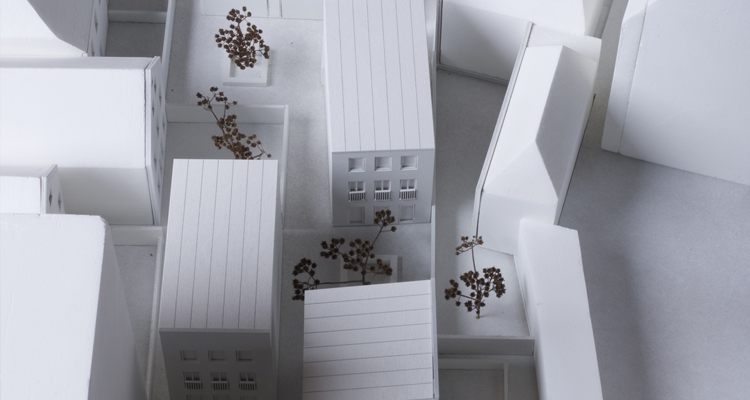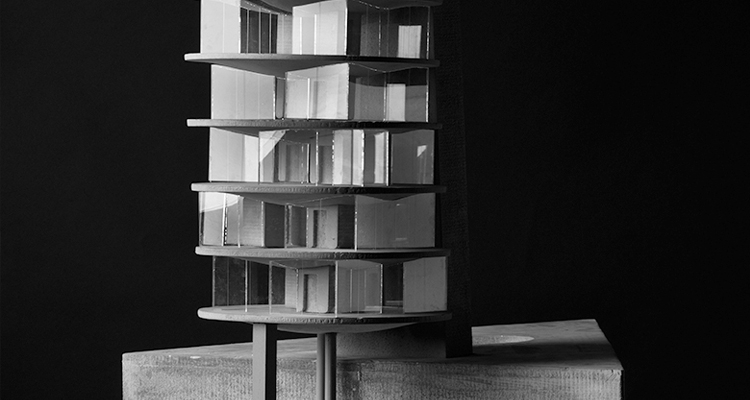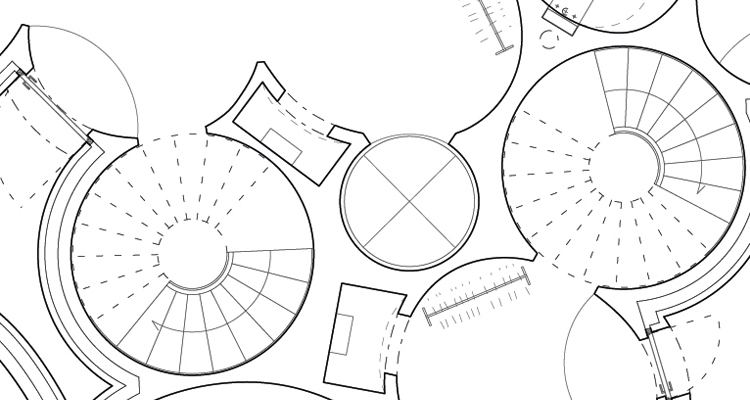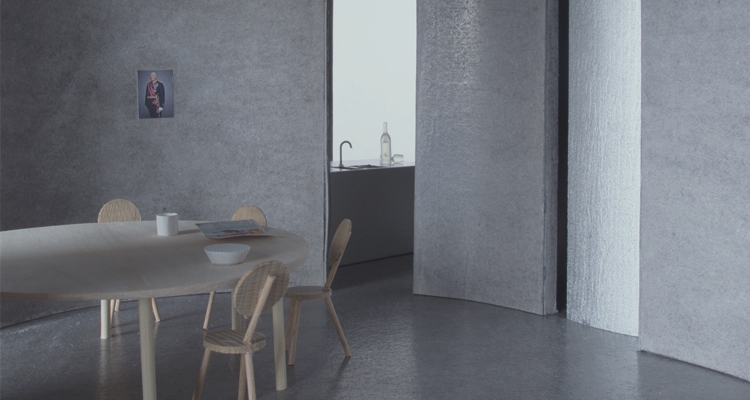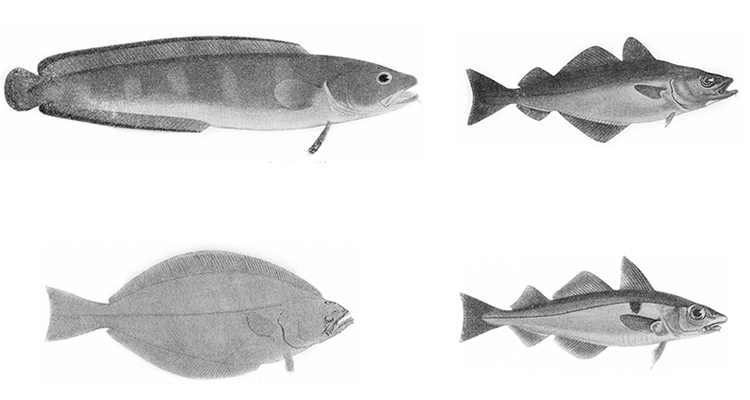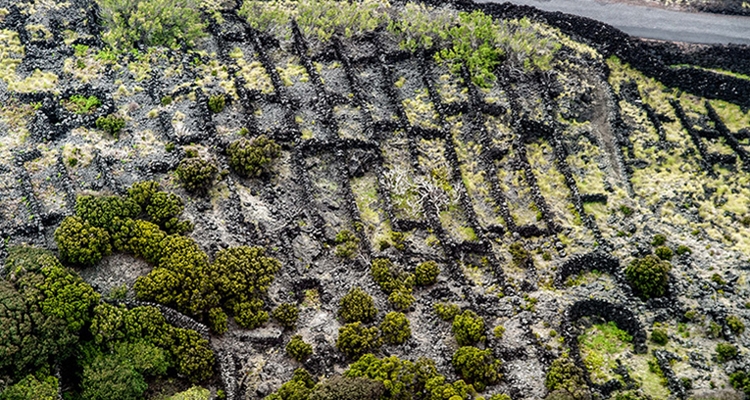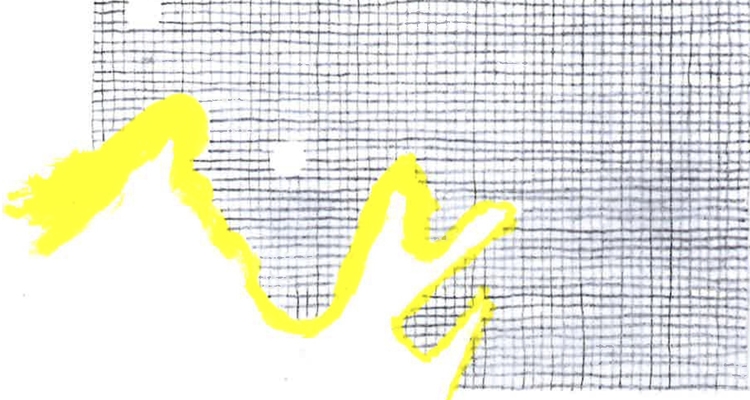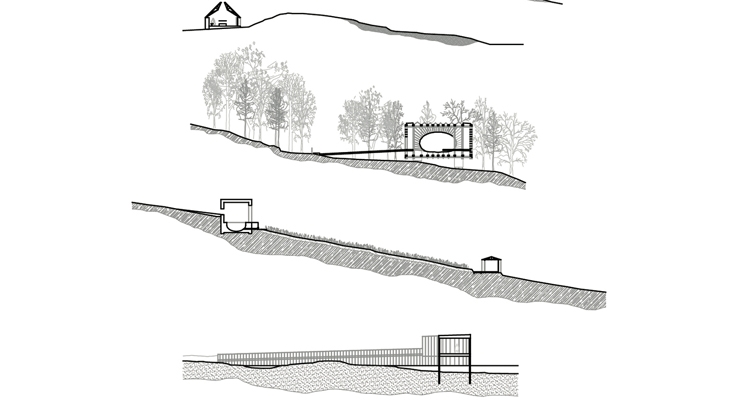Diploma project
The winery is built as parallel stone walls giving protection against the sun. Some spaces are underground to keep temperatures stable and stones from the excavation are used in the construction. The walls give shelter to the wine, the workers and the visitors, and weaves the building into the landscape.
an architectural project is a work of
imagination
words play a big part in it
poetry can play with words, with the
imagination less violently, less restraining
it offers a space of freedom
freedom to add, to be, to create
all creative practice needs the courage
to add, to be, to create
to imagine what is not already present
or what is, though it does not let itself
capture in words
this is my starting point
the project is an exploration
of poetry
in the search of architecture
The strategy is to extend the local intentions of the international research initiative, Climate-Ecological Observatories of Arctic Tundra, to communicate their climate change findings. I extend their strategy by 1) designing new modes for communicating the research produced, and 2) expose the abundance of approaches and knowledges on nature held by local actors, highlighting competing perspectives on the relationship between people and nature.
This project, however, investigates the architectural relationship between the differences of three dance-specific studios:
A studio for choreography
A studio for partners
A studio for the independent
Through analyzing, interpreting and attempting to understand these categories of dance, this project aims to produce an autonomous architectural response in construction, material and space, informed by the distinct qualities of these different ways of dancing.
Moving to adapted housing can provide a feeling of independence that individuals may have lost due to illness. This can provide an increased sense of safety in everyday life and easier access to social interaction with others. Environmental treatment offered at home by care-givers, as well as adapted physical surroundings, can make living with dementia easier.
